Oakeshott Type XVI Swords: Its Impact & Key Features
NO AI USED This Article has been written and edited by our team with no help of the AI
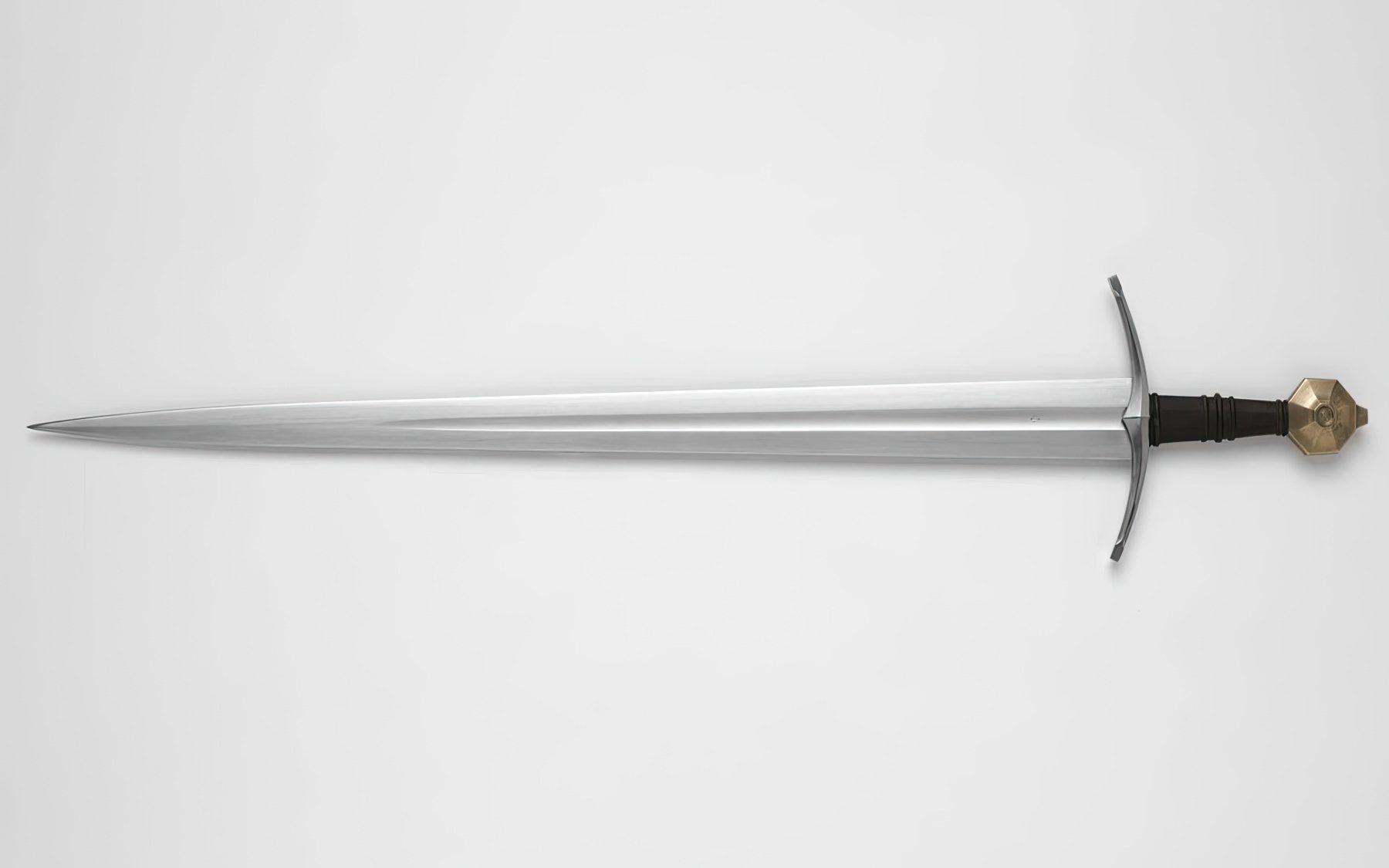
The Oakeshott type XVI is the seventh European double-edged sword group in Oakeshott’s medieval sword classification chart. It was a blade that took some of the previous positive blade characteristics and incorporated them into a contemporary design with a premise on the thrust. While it was a primary thrusting weapon, it was also a slashing tool, making it a popular anti-armor tool during the 14th century.
Ewart Oakeshott was an amateur historian primarily focusing on medieval European arms and armor. He collected and researched many different styles of medieval weaponry with a primary focus on swords. Oakeshott continued establishing previous Viking and Migration era swords devised by Jan Peterson and Sir Robert Eric Mortimer Wheeler and created his Oakeshott Typology.
This article will look at the Oakeshott group or type XVI. We will start by examining the characteristics that made these swords powerful anti-armor weapons. We will then explain how XVI traits made it an effective tool and touch upon its sub-type XVIa, which was slightly larger in proportion. We will conclude with the sword’s history and examine some surviving antiques.
Characteristics of Type XVI Swords

Oakeshott type swords have distinct characteristics from one another. The type XVI is especially notable because it incorporates features from earlier and later Oakeshott sword types because 14th-century blacksmiths wanted a sword that could effectively combat armored and unarmored opponents.
Blade
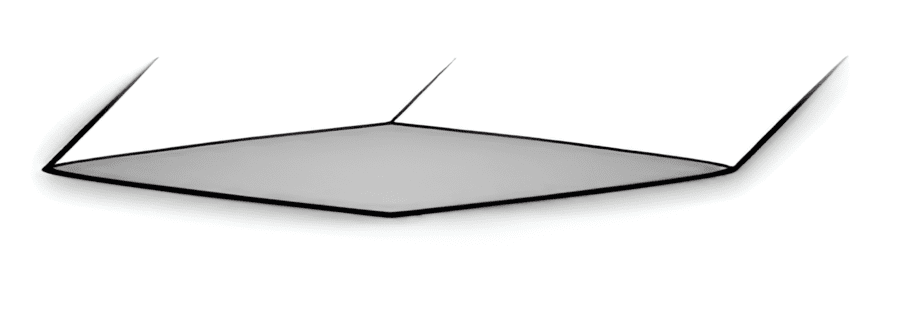
The blade of the Oakeshott type XVI took many thrusting elements from the previous XV but also incorporated slashing characteristics. It had a double-edged blade that was broad at its neck and tapered gradually?unlike the type XV? and evenly toward the blade’s acute tip.
The lower part of the blade (near the crossguard) had a fuller running through the center, which almost always ends somewhere near the middle. This section is inspired by previous broad type X through XIV swords that focused primarily on the cut. The upper part of the blade features a solid, reinforced four-sided flattened diamond section, which was firmly held thanks to the lower broad and fullered blade half.
This blade design was new, but blacksmiths tried to keep the positive elements of both a cutting and thrusting weapon. The tang underneath the handle was wide and flat, featuring a rectangular cross-section ending at the slightly larger pommel.
Hilt (Guard and Pommel)
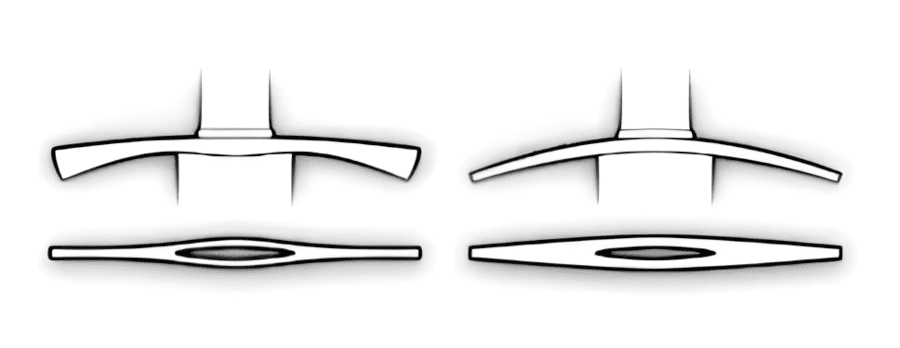
The hilt of the Oakeshott type XVI was primarily one-handed while being slightly larger than average, as large as the hilt on the sub-type XVIa, used with both hands.
Type XVI crossguards were much the same as the type XIV, commonly used during the 14th century. They narrowed toward the blade, with the quillons slightly bent in the same direction. Some had a thin profile, while others could be slightly wider and rectangular. There are some rare examples of straight crossguards as well.
This sword group featured a variety of pommel shapes. Some could be bigger in dimension, while others were relatively small. XVI pommels were disc-shaped and rounded with chamfered edges. They could also be concave, flat, octagonal, or a scent-stopper type. They balanced weight accordingly, giving the hand a firm backstop and being long enough to make the sword wieldable as a hand-and-a-half weapon.
Size and Weight
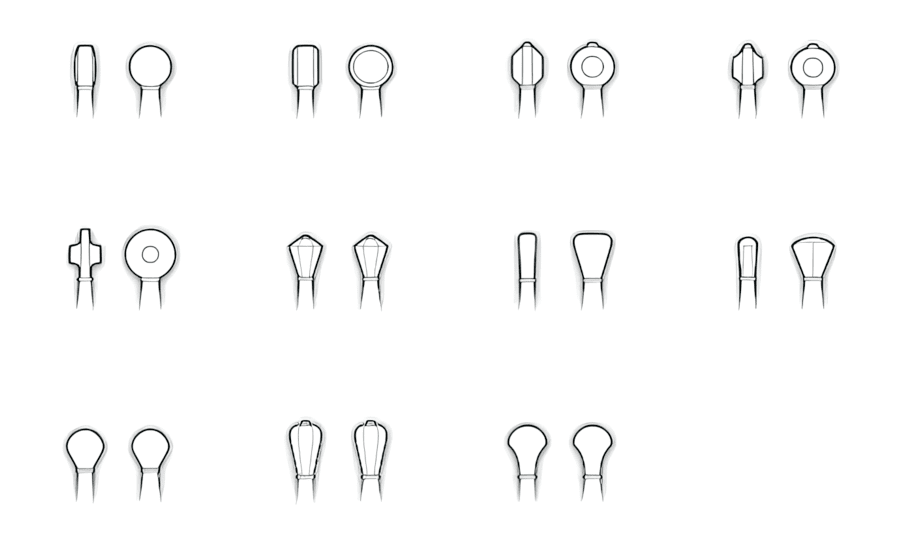
Oakeshott type XVI were swords that could be wielded with one or two hands or acted as a hand-and-a-half weapon. The parent types of these weapons could be easily held and plunged through enemy armor. The weight of a type XVI sword could vary from 2.2 to 4.4 lbs (1 to 2 kg) depending on the size and width of its blade.
The average blade length for type XVI was shorter than previous Oakeshott blades and ranged between 28 and 32 inches (71 to 81 cm). The length of its handle was around 3.9 to 5.11 inches (9 to 13 cm), making the overall length for Type XVI swords around 34 inches (86 cm), which was ideal for close-range melee thrusting or slashing attacks.
Sub-Type XVIa

Like other sub-types in Oakeshott’s Typology of Medieval swords, the sub-type XVIa had the same characteristics as its parent type but in larger proportions. Its blade length was significantly longer and could reach about 35 inches (89 cm). The XVIa always had a hand and a half or a two-handed handle, depending on the pommel size, which could be between six and 7 inches (15 to 17 cm).
The fuller of the sub-type XVIa was well-defined and slightly broader than its parent type. It also didn’t extend as far into the blade length, making the upper part longer and more reinforced to that puncture through armor or slide through exposed gaps. The blade profile was mostly flat hexagonal rather than featuring a diamond cross-section.
Uses for the Type XVI Swords
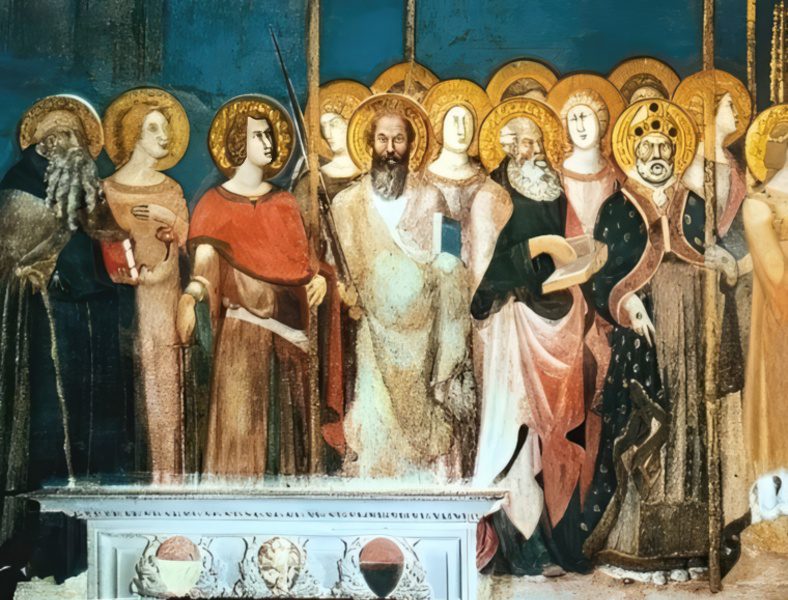
Oakeshott type XVI swords were primarily thrusting weapons of war that could be utilized for cutting and slashing. They were seen as dual-purpose tools and effective as specialized weapons that better combined the cutting and thrusting abilities of previous blades, as Oakeshott explains. The sword could be used on foot in conjunction with a shield and or from a mounted horseback position.
The broader lower half of the blade gave the upper half better qualities to suit it as a powerful thrusting weapon capable of piercing plate armor. This could have been due to the broader width with a fuller that held a stiff, reinforced diamond cross-section ending in a sharply tapered tip at the second half.
History and Historical Examples of Type XVI Swords
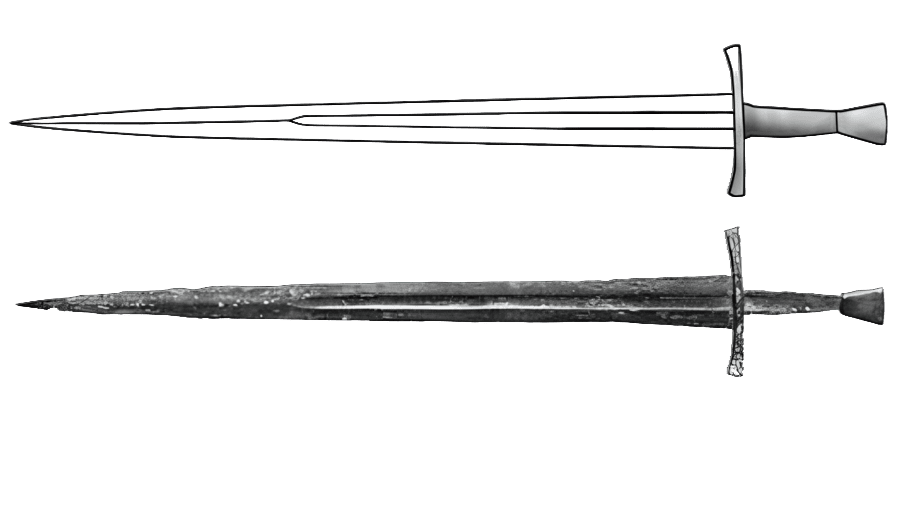
The type XVI in European history came as a direct response to the increasing heavy armor that began to dominate the battlefield in the early 14th century. European bladesmiths experimented with many different characteristics to find a middle point between the cut and the thrust. The Oakeshott XVI was that answer, combining deadly cutting power with incredible thrusting force.

Plate armor was rapidly advancing and being manufactured to protect the warrior’s entire body. During this time, the type XVI was extremely useful as an offensive measure against this improved plate armor throughout most of the 14th century.

However, piercing through plate armor wasn’t easily achievable. Doing so with a type XVI blade would be difficult and only truly successful if the blade was perfectly tempered and the hilt backed up with a high enough force focused on the weaker parts of the armor. The impressive force would break heavily tapered slim blades, but the broader design with a reinforced second tapering half of the type XVI would be more effective when striking armor directly.

XVI blades were versatile and designed to deliver cuts to lightly armored warriors in chainmail and possibly heavily plate armored troops with a thrusting motion. The XVI was a popular European weapon used by the Germans, English, and French, particularly during the Hundred Years War (1337-1453).

The type XVI wasn’t used for long but made its impact during the 14th-century infantry revolution of the Late Middle Ages. The shorter cut and thrust design would be replaced with a slimmer and larger blade profile of the sub-type XVIa and later thrusting type blades, a sign of increasing plate armor that rendered the XVI largely ineffective.

